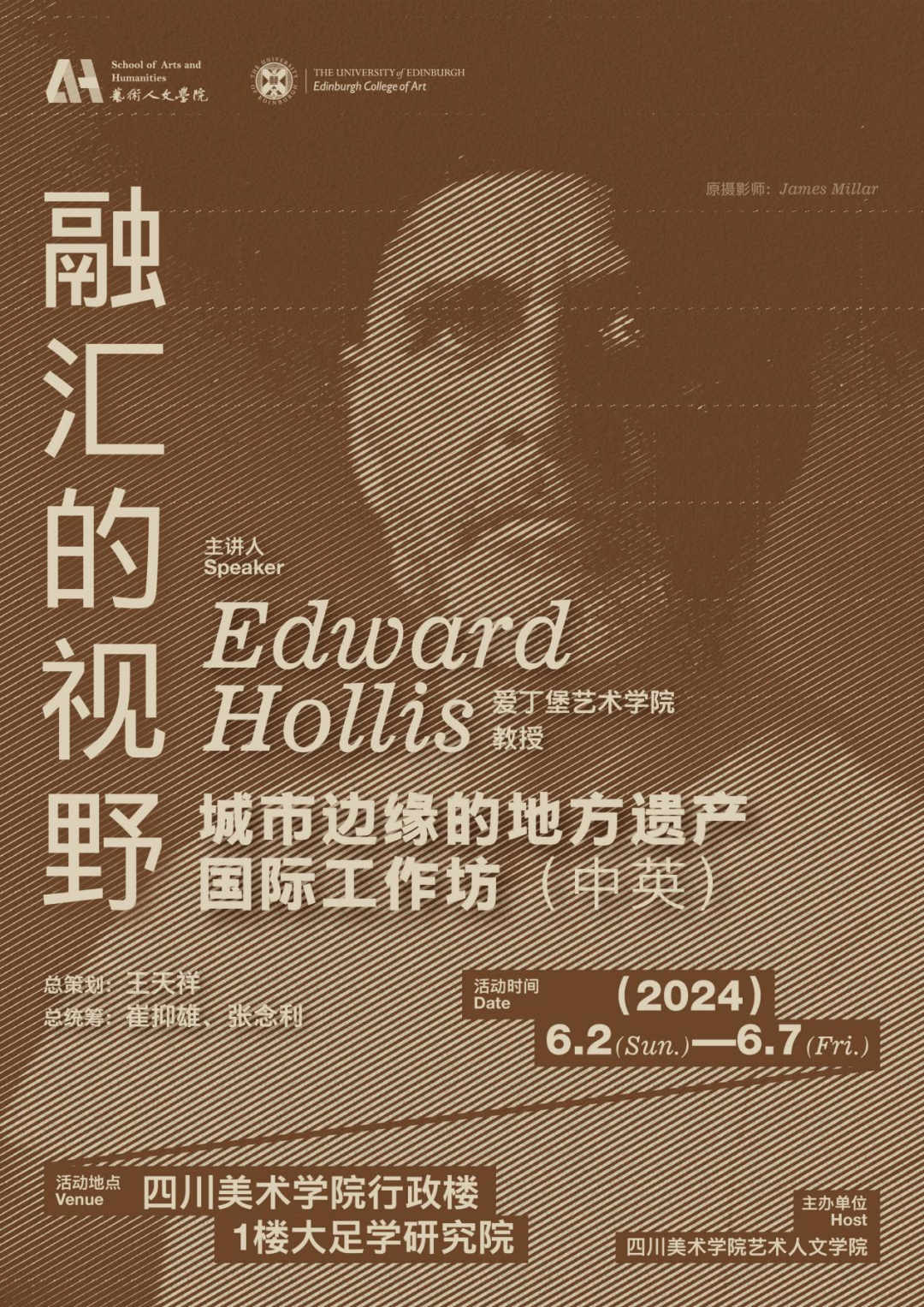WEEK1 CURATORIAL GEOGRAPHY: RETHINKING EXHIBITION SPACES
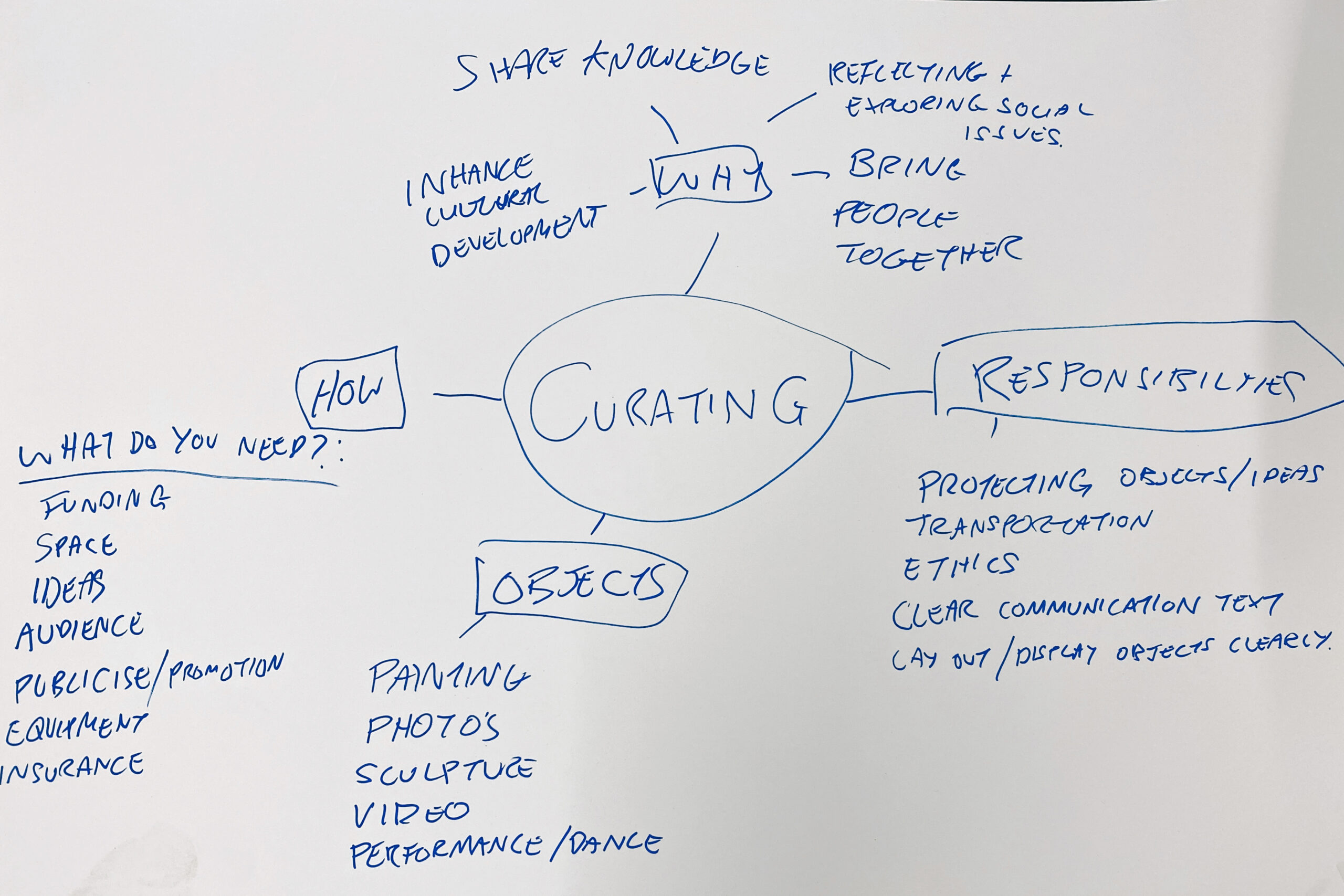
About me
I was born in Ningbo, Zhejiang, a coastal city in China. I lived in my hometown for 18 years before moving to Chongqing for university. I majored in Art History during my undergraduate studies, which deepened my interest and passion for art history and theory. During my time at university, I also participated in art curation activities at the university’s art gallery and within my community. Additionally, through field research, I developed a curiosity for archaeology and museums, leading me to intern at a cultural heritage preservation institution.
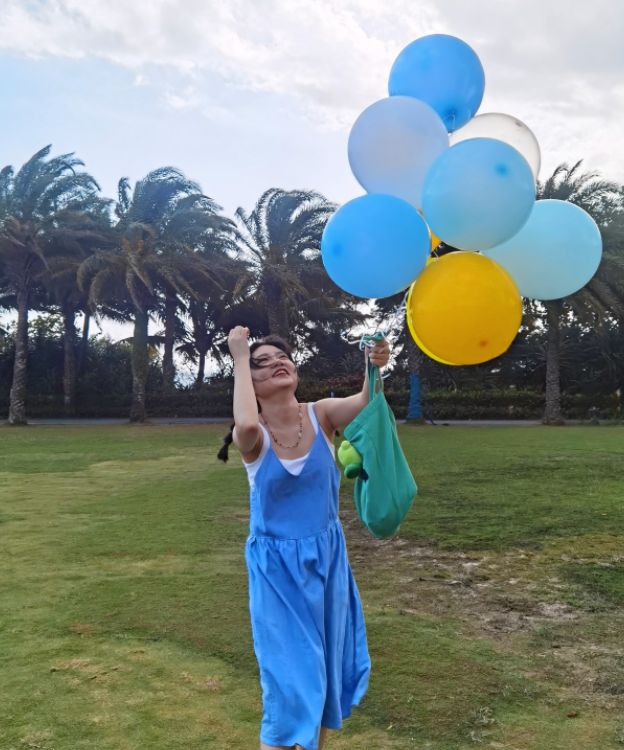
Wanning, Hainan, 16 January 2024.
Curatorial Geography
Looking at the current art world, the main activity field is still dominated by art museums. As a matter of fact, from modern art to contemporary art, the so-called ‘art’ has always been centred on ‘gaze’, constructing a logical aesthetic framework of ‘reproduction’ based on the author, the work, and the viewer. …… However, there are still many marginal places around the world that lack art museums or galleries; is there contemporary art in these places?
——Xiuzhi Luo 羅秀芝
My Curatorial Experience
The art world has long been dominated by museums and galleries, constructing an aesthetic framework centered on the act of ‘gazing’ at artworks. However, contemporary art is not confined to institutional settings; it also thrives in spaces beyond traditional venues, engaging with local communities and histories. My curatorial experience in Liuyin Town, Chongqing, reinforced the idea that exhibition spaces are not just containers for art but active participants in storytelling and cultural dialogue.
During an interdisciplinary research project, our team explored how curating could reimagine cultural heritage. We conducted fieldwork in Liuyin Town, engaging with its historical sites, markets, and residents. A key aspect of our approach was the transformation of our research into ‘Dialect Maps’—large-scale visual narratives combining maps, photos, and oral histories to depict the town’s evolving cultural landscape.
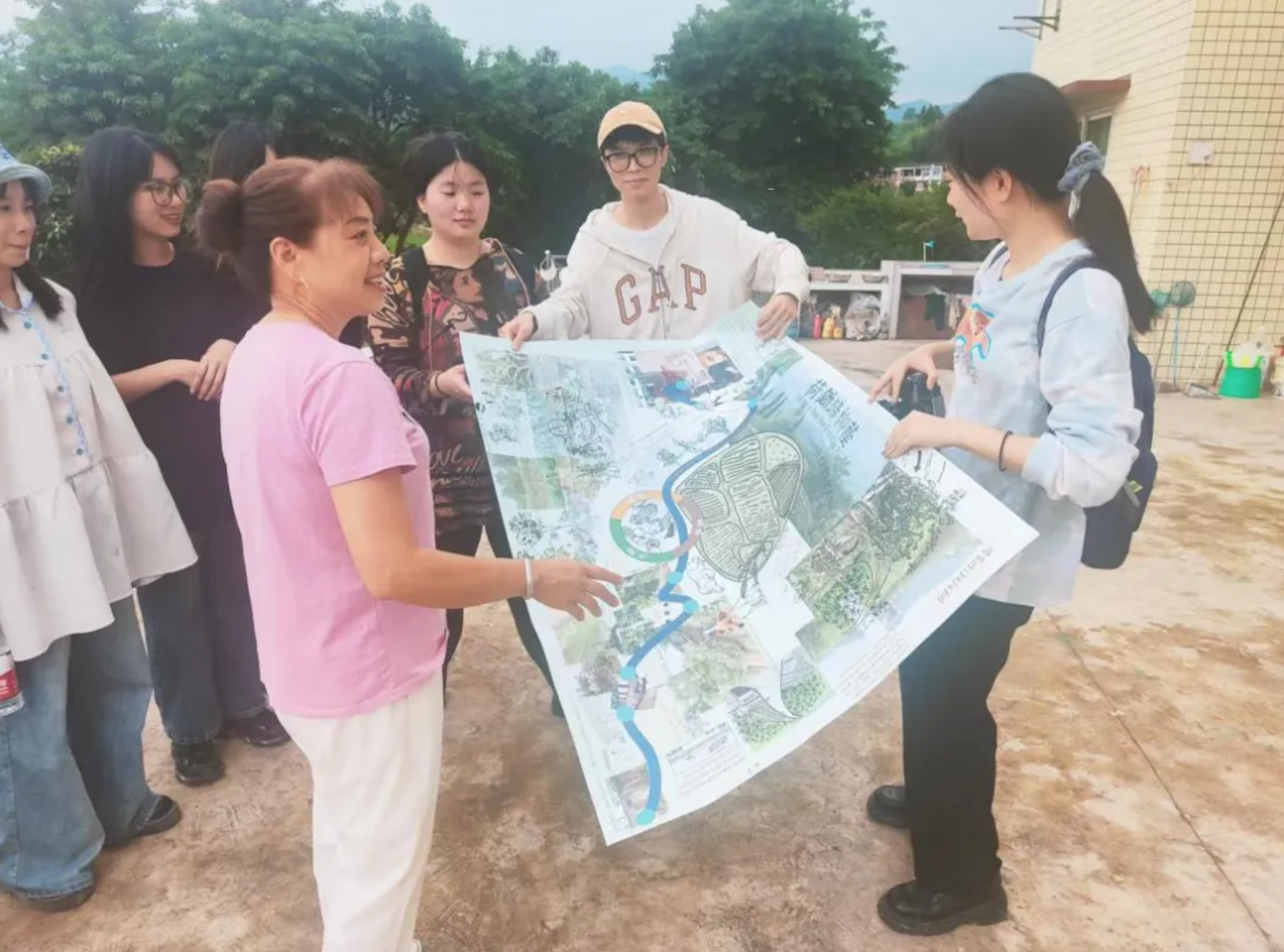
Community project exhibition and sharing. Introducing our exhibition and work to local villagers. 7 June 2024, Liuyin Town, Chongqing.
Rather than a conventional gallery, we chose an old granary as our exhibition space. This decision was not incidental; the granary, once central to the town’s agricultural economy, carried layers of historical and cultural significance. The faded slogans from the Cultural Revolution on its walls stood in silent contrast to the contemporary narratives we presented. This juxtaposition sparked reflections on the interplay between past and present, tradition and transformation.
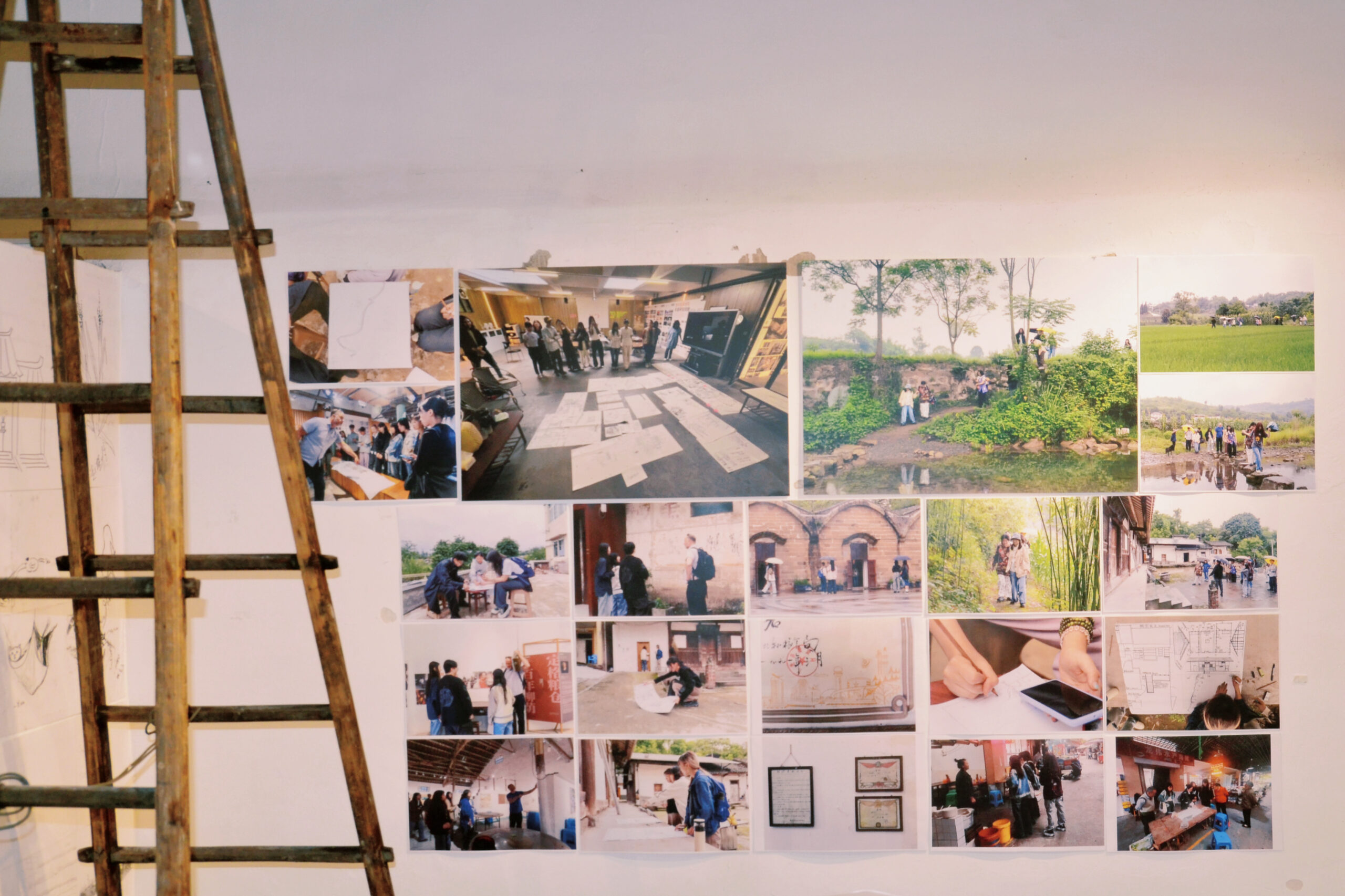
Art Space in Liuyin Town, Chongqing, 6 June 2024.
The exhibition’s design embraced interaction. Dialect Maps were displayed on rotating dining tables, inviting visitors to physically engage with the works. Audience participation—scribbling notes, adding memories—blurred the line between curator and community, making the exhibition a living, evolving archive.
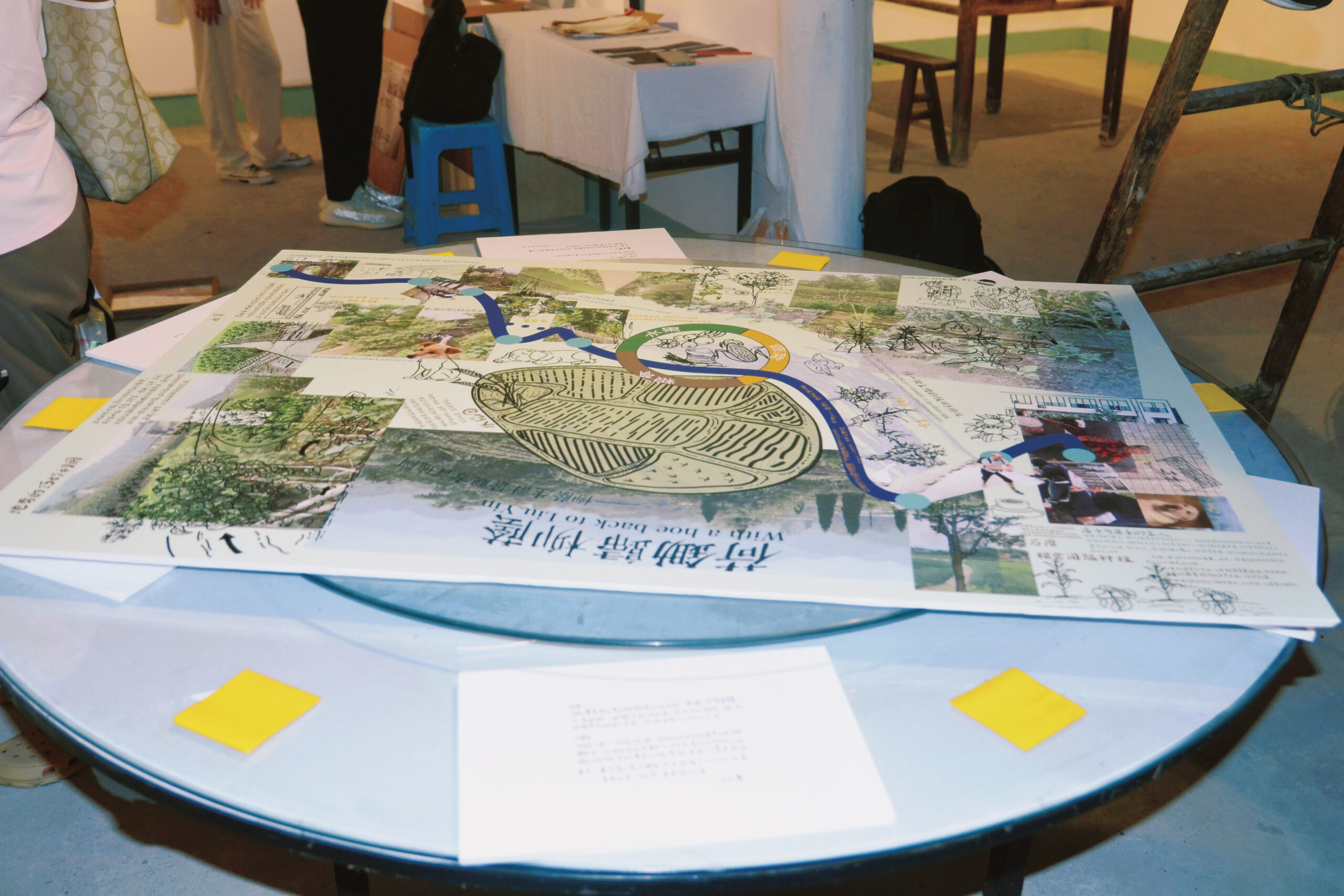
Dialect Map, Art Space, Liuyin Town, Chongqing, 6 June 2024.
This experience deepened my understanding of curation’s role beyond object display. It underscored the importance of selecting spaces that do not merely house exhibitions but contribute to their meaning. In rural contexts, exhibitions can foster a sense of belonging and dialogue, connecting people to their histories in ways that conventional white-cube galleries often do not.
References
Xiuzhi, Luo . Curatorial Geography. Accessed January 30, 2025. https://curatography.org/zh/2-3-zh/.
Sichuan Fine Arts Institute. Converging Horizons: International Workshop on Local Heritage at the Edge of the City (Chinese and English). Accessed January 30, 2025. https://mp.weixin.qq.com/s/wQqspvD_jnDzdzg2zu4-gg.


